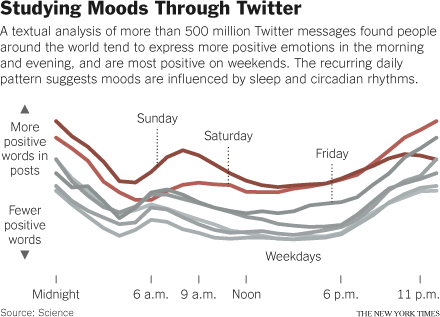This long but interesting article in the New Yorker, ‘One of a kind, what do you do if your child has a condition that is unknown to science‘ tells the intriguing story of how social media and our new communications capabilities have allowed the family of a baby who had an unknown condition to find a community of similar children.
 They managed to figure out it was a rare genetic disorder (thanks to the latest progress in genetic sequencing). Through a post that went viral, they managed to find other children that had the same symptoms, showing to the world that it was not an exceptional condition – this would before have taken years as the other children would have been diagnosed differently and the medical community would have had a hard time figuring out the conditions of all these patients were similar. After a few months, a dozen cases of the similar condition had been identified worldwide.
They managed to figure out it was a rare genetic disorder (thanks to the latest progress in genetic sequencing). Through a post that went viral, they managed to find other children that had the same symptoms, showing to the world that it was not an exceptional condition – this would before have taken years as the other children would have been diagnosed differently and the medical community would have had a hard time figuring out the conditions of all these patients were similar. After a few months, a dozen cases of the similar condition had been identified worldwide.
This in turn created the conditions for unprecedented collaboration in the medical community, with a paper co-authored by 33 authors (where usually, medical teams tend to be competitive when they think they have identified a new sickness to keep the ownership of the discovery).
The final word comes from a medical researcher, the first who found the issue with the first patient: Vandana Shashi believes that such communities [of parents] represent a new paradigm for conducting medical research. “It’s kind of a shift in the scientific world that we have to recognize—that, in this day of social media, dedicated, educated, and well-informed families have the ability to make a huge impact”. “Gone are the days when we could just say, ‘We’re a cloistered community of researchers, and we alone know how to do this.’ ”
Hat tip to Quartz news for the link





